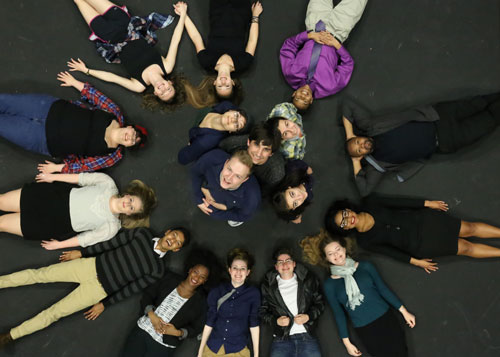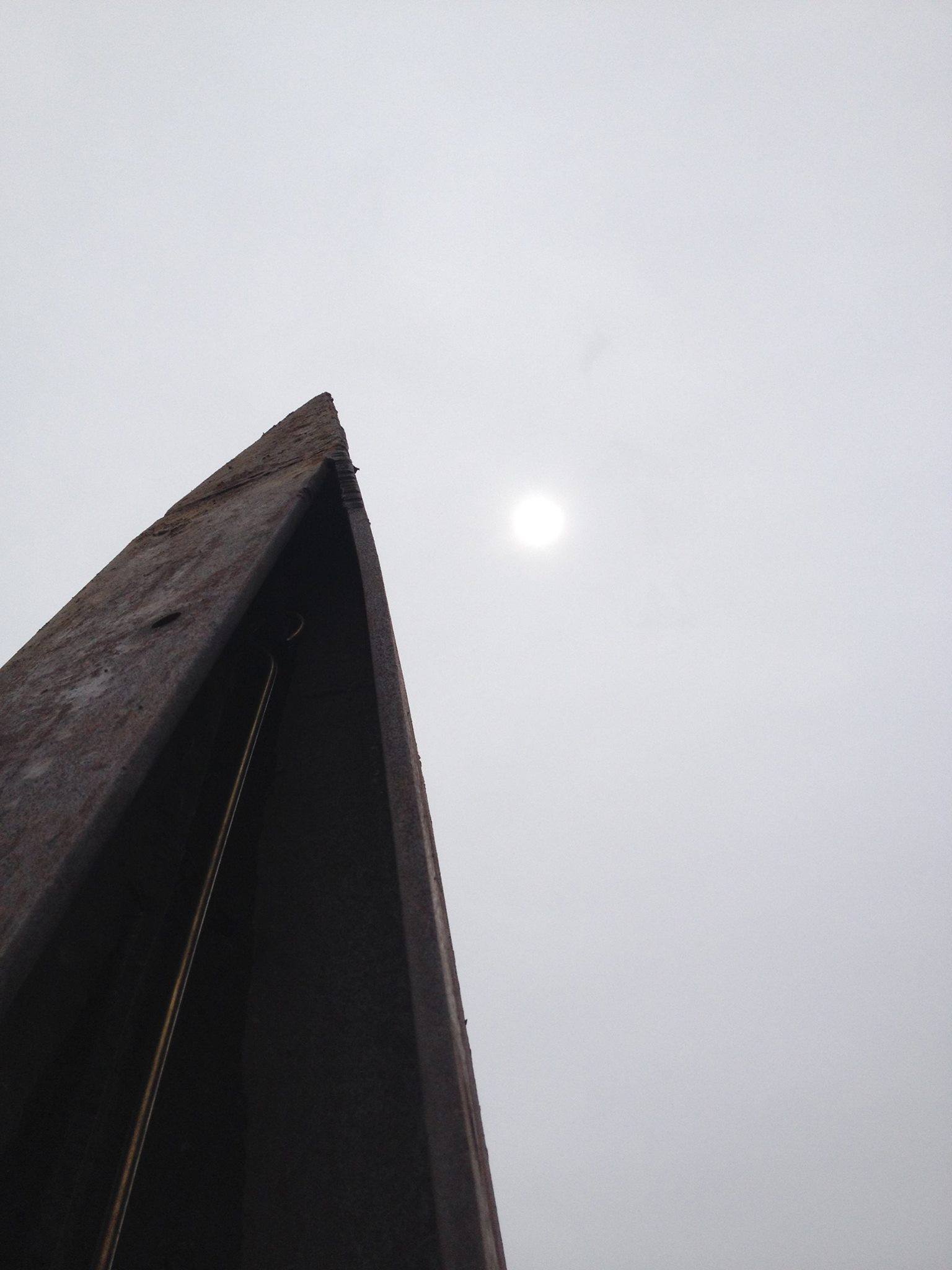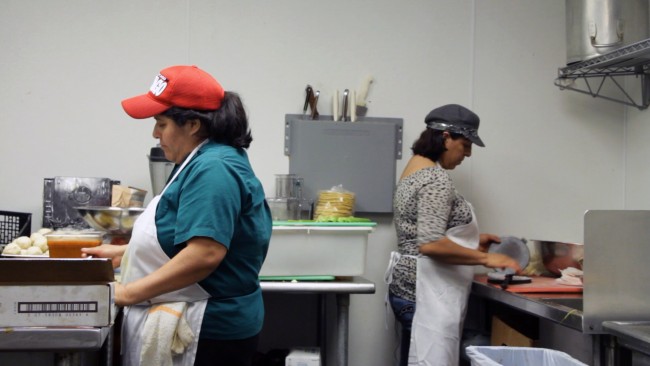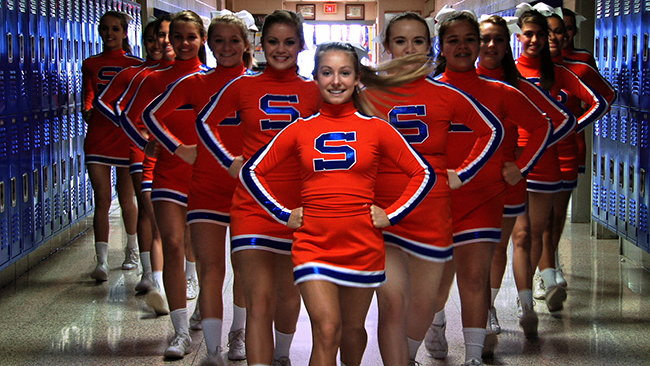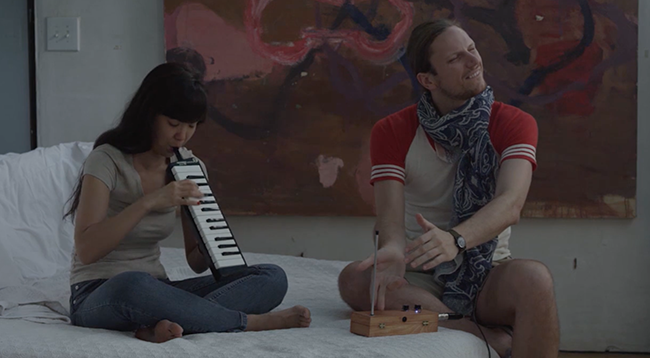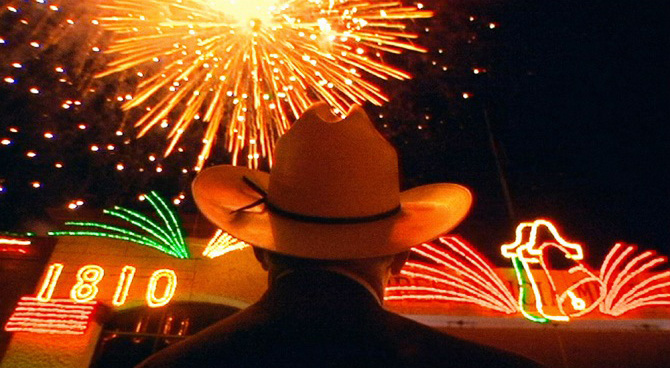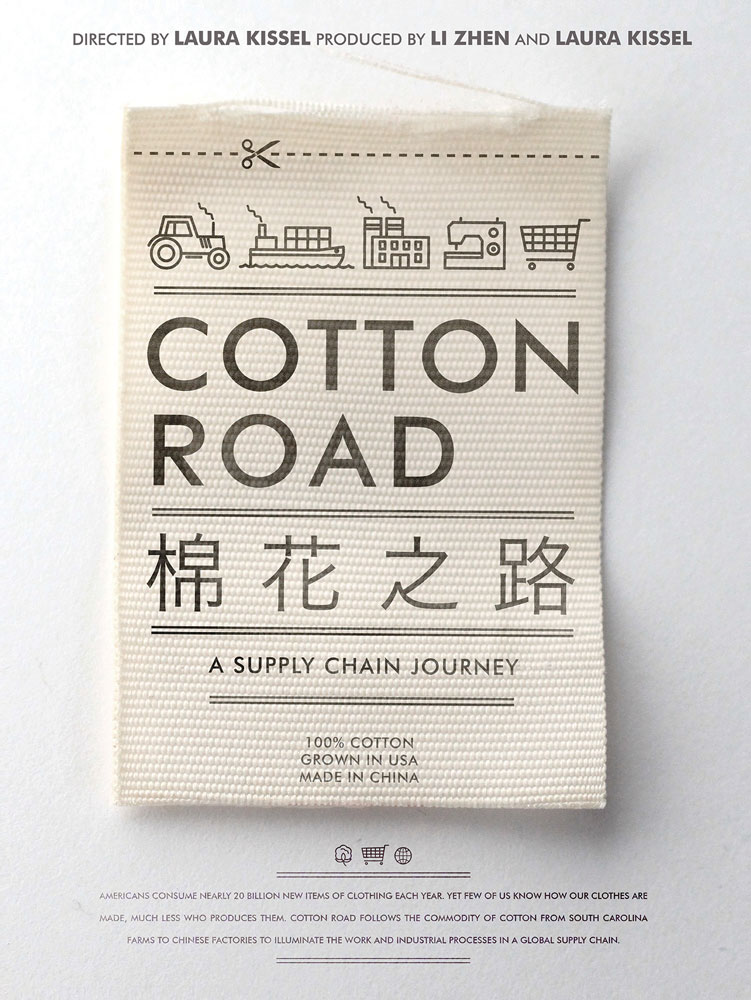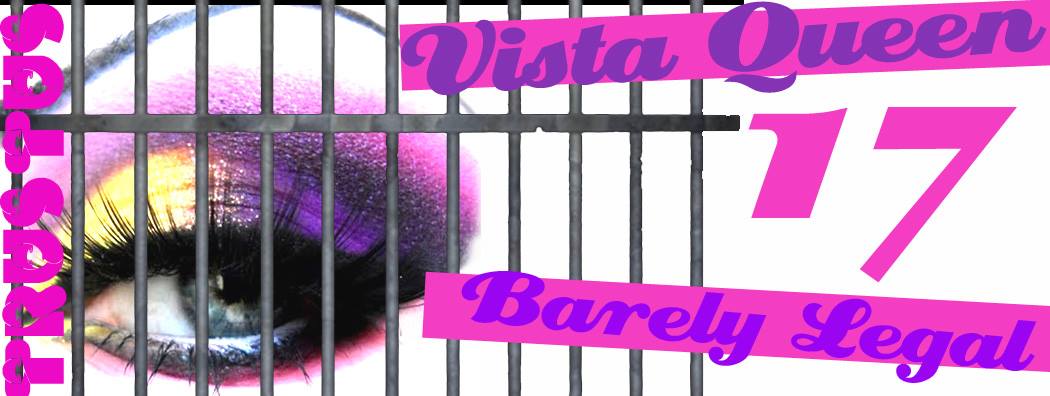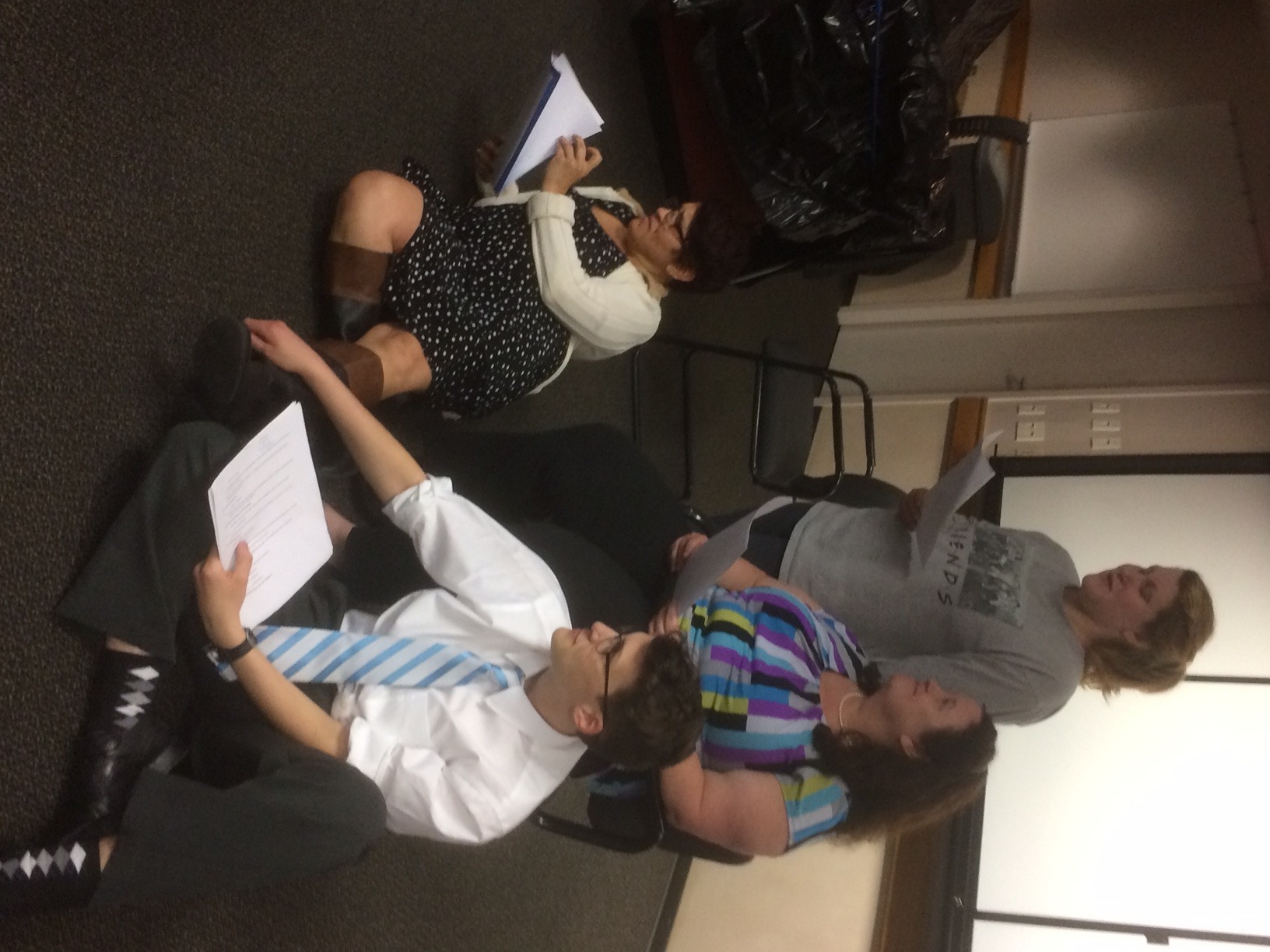 “It’s a meditation on hard work and why we dedicate ourselves to careers. It’s a question of the self vs. a higher cause, whether it’s better to be honest or successful, and an insight into the travails, stresses, and rewards of life in the theater and the arts in general,” University of South Carolina senior Ryan Stevens says, describing his new original play. “And it’s funny.”
“It’s a meditation on hard work and why we dedicate ourselves to careers. It’s a question of the self vs. a higher cause, whether it’s better to be honest or successful, and an insight into the travails, stresses, and rewards of life in the theater and the arts in general,” University of South Carolina senior Ryan Stevens says, describing his new original play. “And it’s funny.”
Introspection? Theatre? Humor? What more could you want from a play? That’s exactly what you’ll get from Stevens’s new work Player King in the Lab Theatre at USC, and you’ll get it in verse, too!
“…I decided the concept of the play had to be big, ostentatiously so…and I decided to write it in verse. From there I figured, even though I’m not a theatre major, I’ve learned so much and gained so much from the people in the University’s Theatre Department, professors and students alike, that this would need to be a sort of thank you note/love letter to theatre and to these past four years. So I made it about actors. And in verse,” Stevens says.
Not only is Stevens the esteemed playwright, but he is also directing his piece.
“It’s been a very interesting dynamic because 'writer Ryan' only knew so much, and now 'director Ryan' has to come in and be the intermediary between the actors, audience, and whatever that lunatic writer was trying to say,” Stevens explains. “Directing it has shown me both just how loopy lines become when you have to say them out loud, and also shown me just how smart actors are. When we’re rehearsing, these actors are connecting dots and analyzing subtext that, unless my memory is horrible, I never thought of while writing the thing. They’re basically doing alchemy, making something out of what I assumed was nothing, but I guess like those old-time ‘alchemists’ they’re actually just really good at finding what they need to find and putting it on display.”
The “alchemists” that Stevens describes include some veterans of the theatre department, some beloved improvers, and some new to the university’s stage.
“I’m working with a lot of actors I’ve collaborated with in the past, and a lot that I’ve gotten see perform before and was very excited to work with, and a few who have never performed on a USC stage before, but even with such diversity of experience, everyone in the cast is giving a hundred percent in rehearsals,” Stevens says. “I think it comes from the fact that I’m encouraging them to go wild, and be sure they’re having fun, because they’re the ones who will have to go out and perform it four times, not me, so they might as well enjoy it. A lot of the actors involved come from an improv background, so while the text is pretty stiff (verse’ll do that), we’re discovering a lot of places of wiggle room, experimenting a lot with actions and nonverbal communication and the like. There are twelve actors with twelve distinct and fine senses of humor, and the results of all this mixing have been spellbinding.”
All in all, this production is the perfect denouement for the last four years Stevens has spent at the university.
“It’s a really fulfilling experience. I get to spend four hours every day collaborating with these people who are very dear friends, yes, but also just brilliant artists, and we get to put our heads together and create something worthwhile. This play opens two weeks before I graduate, so in many ways Player King is a very overt symbol for my finishing my college career, but who am I to complain when the process is this enjoyable,” Stevens says. “To get to put something like this on, to get to have posters and interviews and press releases, all about something that I strung together over a year ago, is nothing short of a dream come true. It’s the best closing note I could ever envision for my college career, and I never thought I’d be so lucky as to get to do this project with so many of the people that have made college so great for me.”
Player King runs April 23-26 at the Lab Theatre. The show starts at 8 p.m. and tickets are only $5 at the door for “Fakespearian fun for the whole family, another chance to see just how amazing the undergraduate talent of USC is, and a very passionate thank you note to the arts, from a farm boy with a keyboard.”

